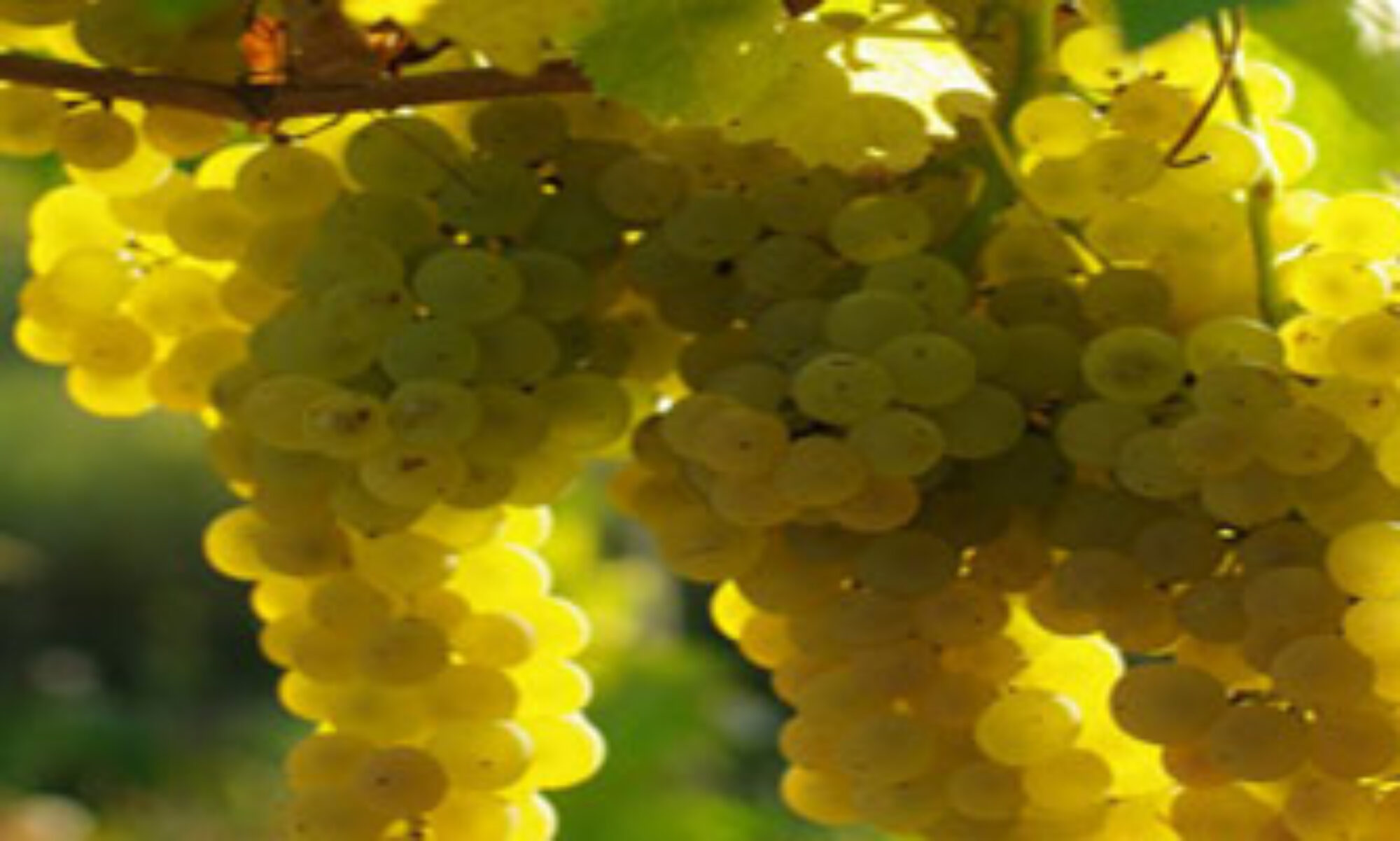Can withstand temperatures up to-6 ° C or – 10 ° C (184) total dormant.
According to Agroforestry Research Trust:-10 ° C for the wild variety,-12 ° C for the cultivar "U. M. torch"
2 / 1 m
Sun
PERSISTENT
All floors, even dry and windy
ideal so sunny South hedge, imposing regulations that less than 2 metres from the property limits, trees are less than 2 meters high.
(August-oct) Berries red and smooth – raw or cooked[2, 3]. An absolutely delicious, aromatic flavour to the likes of wild strawberries[11, 15, K]. The fruit is 6-15 mm in diameter and also on small plants[K]. The leaves are a substitute of tea[177, 183]. The roasted seeds are a substitute for coffee[183].
The Chile guavas, also called ugnis or murtillas, are small berries to very pronounced taste of strawberries. still little known, but very appreciated by those who know them. Fruits are eaten fresh or processed, for example in sorbets. At Cornwall, in the past, it has been grown commercially for its fru[11, 59]it (it was one of the favorite of Queen Victoria).
This fruit has the peculiarity of having a lighter colored skin when ripe when it is still immature. As a result, dark red fruits are generally immature, and it take it become a red color more clearly, with white traces by location, to be ready to be harvested.
Succeeds in everything good enough ground. Established plants are droug[196]ht-resistant. A very ornamental plant[1]. The young growth in spring can enter damaged by late frosts. Plants of this genus are particularly resistant to Honey fungus[200].
Pre-soak them the seeds for 24 hours in warm water, then sow under glass or planting after the last frost expected. Mi-murs wood cuttings, 7-10 cm with a heel, July / August in a frame. Pot in place in the fall and winter in a cold frame. Plant in late spring. High percentage[78]. Cuttings of mature wood of the growth of the seasons underway, 7-12 cm with a heel, November shaded and sheltered from Frost. Plant at the end of spring or early fall. High percentage[78]. Layering.
|
